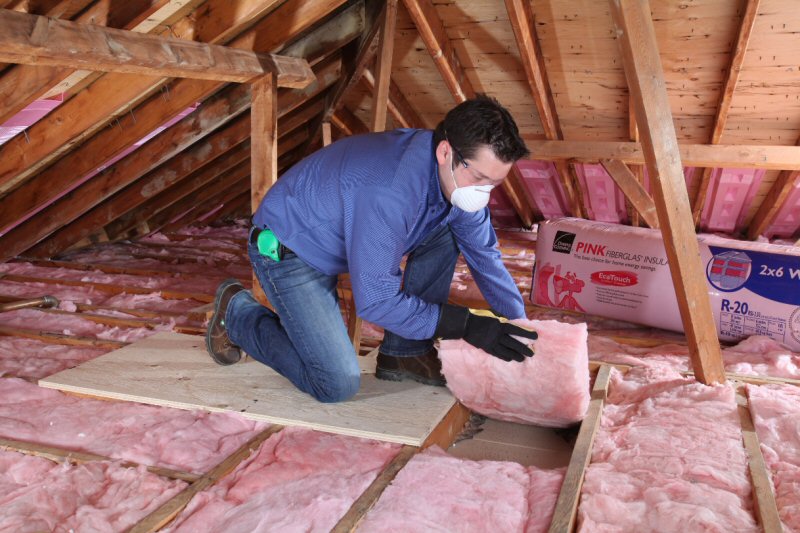
Like it or not, winter is just around the corner for us Chicagoans. That means rain, sleet, and snow are on their way to damage your home and rack up costly repair bills. Fortunately, there are ways to help prevent your home from being totally terrorized by a strong winter storm. Here are some tips from Archway on how to weatherproof and winterize your home. Keep in mind that some of these you can do yourself, while others may need a professional contractor to handle the work.
Windows
First, test your windows for drafts by waving a candle around in front of the window to see if it flickers. If it does flicker at a certain area of the window, make note of that area where there’s a draft and find a way to block it, or make sure that the window is closing all the way. To add some further insulation to your windows, you can add plastic wrap to the inside of the window or hang heavy drapes or shades in front of it to help block out the cold.
Chimney and Masonry
Check for any cracks in your chimney or other brickwork around your home and patch those up first. Then, clean off the space thoroughly before applying a water repellent to the bricks. It’s best to use a water repellent instead of a sealer because a sealer will keep moisture trapped inside the bricks, which could lead to damage later on. A water repellent will keep the bricks dry while also allowing them to breathe. If you notice that you already have damaged bricks, some tuck pointing work may need to be done on the home by a professional contractor.
Doors
Probably the best and easiest way to keep cold drafts out of your home and keep the heat inside is to get a door draft stopper to place at the bottom of all entry doors in the home. Many people don’t realize how much heat is lost through the small crack between the door and the doorsill underneath it. A door draft stopper will eliminate the gap, allowing the heat to say inside and the cool air stay outside where it belongs. It’s also advised to do the candle test on any entry doors as well to check for drafty spots so you can patch those up with caulk or weather stripping before winter hits.
Insulation
The best way to prevent overall heat loss in your home is to make sure it is properly insulated in the attic and basement. This will probably require an experienced contractor to install if you want to make sure it is done properly. Also, adding and insulating blanket to your water heater will help save on energy costs by about 25-40% by reducing heat lost through the sides of the water heater. Lastly, make sure you add insulation around electrical outlets. It may seem strange, but many homes don’t have insulation around the electrical outlets, which could cause warm air to escape from your home because they are basically holes in the wall. To insulate these areas, buy some foam padding that will fit around outlets and light switches and remember to use caution when working around electricity. We recommend using Owen’s Corning residential insulation (as seen in the featured image above).
Around the House
Some small thing you can do around the house in addition to insulation and stopping drafts is clean or replace your furnace filters at least once a month. You could also switch to a permanent filter for maximum energy savings. Another way to keep your home warm is to run fans in reverse, to where they are running clockwise. This takes the warm air that has gathered near the ceiling and circulates it back into the living space, which can cut heat costs as much as 10 percent in most cases. The last tip we have is to lower the temperature of your water heater to 120 degrees to keep heating costs lower and avoid a scalding burn in the shower!
We hope you find these tips handy as we head into the winter season. Just remember, it will be spring again before you know it!
For more information about our insulation or tuck pointing services, please give us a call or fill out a contact form today.
